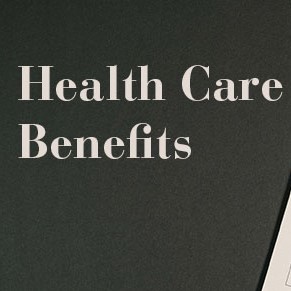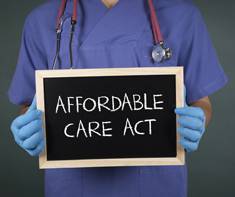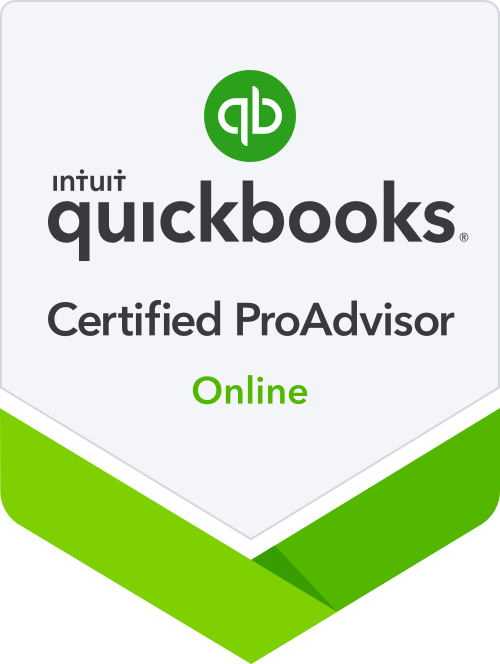
Next year more employers, including medical practices, will be subject to the requirement to offer their employees health benefits compliant with the Affordable Care Act.

Additionally, the percentage of total employees who must be covered will increase, and the number of employees excluded from any penalties will decrease.
Under the Affordable Care Act (ACA), employers with 50 or more full-time equivalent (FTE) employees (those averaging more than 30 hours per week) must offer ACA-compliant health benefits to at least 95 percent of employees and their dependents under 26 years old in 2016. The benefits must provide minimum value and be affordable.
Minimum value is defined as a health plan designed to pay at least 60 percent of the total cost of medical services for a standard population. Employer coverage currently is considered affordable if the employee’s share of the annual premium for the lowest-priced self-only plan is no greater than 9.56 percent of annual household income. The percentage will rise to 9.66 for calendar year 2016.
The penalty for noncompliance, also known as the Employer Shared Responsibility Payment, is $2,000 per FTE employee. However, the penalty does not apply to the first 30 employees.
Even if an employer offers ACA-compliant health benefits to at least 95 percent of employees, if only one full-time employee receives a premium tax credit, the employer can still be liable for the penalty. Because an employer generally will not know the employee’s total annual household income, three safe harbors were established under which an employer could determine affordability. A safe harbor is a legal provision to reduce or eliminate liability as long as good faith is demonstrated.
- The Form W-2 wages safe harbor
- The rate-of-pay safe harbor
- The federal-poverty-line safe harbor
If an employer meets the requirements of a safe harbor, the offer of coverage is deemed affordable. Use of a safe harbor is optional.
“An employer may choose to use one or more of these safe harbors for all of its employees or for any reasonable category of employees,” noted the Federal Register of Feb. 12, 2014, “provided it does so on a uniform and consistent basis for all employees in a category.”
For employers using a safe harbor, affordability is considered 9.5 percent based on differing formulas for monthly and hourly employees. That percentage will remain the same in 2016.
Reporting requirements to begin
Beginning in 2016, applicable large employers with 50 or more FTE employees are required to report to the IRS information on health plan enrollment for the prior year, including:
- Which employees were enrolled in each month,
- Which employees were not enrolled, and
- The lowest-cost option of self-only coverage providing minimum value offered under any of the enrollment categories for which the employee is eligible.
Employers will be required to provide Form 1095-C, Employer-Provided Health Insurance Offer and Coverage, to the IRS by Feb. 28 following the reporting calendar year or March 31 if reporting electronically. Employers must also provide related Form 1094-C to their employees by Jan. 31.
The IRS will use the information reported to determine whether an employer is subject to any penalties and whether an employee is eligible for a premium tax credit.
Even though employers with between 50 and 100 employees are not subject to the employer mandate until 2016, they still must report to the IRS on 2015 health plan enrollment.
Many, if not most, employers will need to upgrade their payroll systems to be able to track the required data.
Reimbursing employees for premiums
Practices that are considering eliminating group health benefits and reimbursing their employees a certain amount for purchasing their own health insurance will run afoul of the law and will be subject to an excise tax.
A health reimbursement account (HRA), flexible spending account (FSA) or other similar employer arrangement cannot cover health insurance premiums for individual policies purchased either through a health exchange or through the individual market not affiliated with an exchange. Doing so subjects the employer to an excise tax of $100 per day for each employee up to a maximum of $36,500 per year per employee covered under such an arrangement.
The IRS has defined HRAs, FSAs and other similar arrangements as group health plans. Reimbursing individual policy premiums violates ACA market reform provisions.
The prohibition applies whether or not the reimbursement is made in pretax or after-tax dollars. It also applies to S corporations that have set up a reimbursement arrangement for employees owning more than 2 percent of company stock.
Good news: The IRS and the Treasury Department have announced another delay, one of many, in enforcing the law on small employers. They will not begin to levy the penalty on HRA-type arrangements until July, sparing employers of the excise tax for all of 2014 and through the first six months of this year. For those companies with a 2 percent shareholder-employee healthcare arrangement, the excise tax will not be asserted until additional guidance is issued or at least through the end of 2015.
The IRS has warned that Code 105 reimbursement plans cannot be integrated with individual market policies. Under these plans, an employer enables employees to select individual health plans through a broker or agent. Such plans violate ACA provisions and can subject employers to the excise tax penalty.
An alternative is for an employer to raise its employees’ taxable wages. However, there can be no requirement that the additional wages be used to pay for health insurance premiums.




